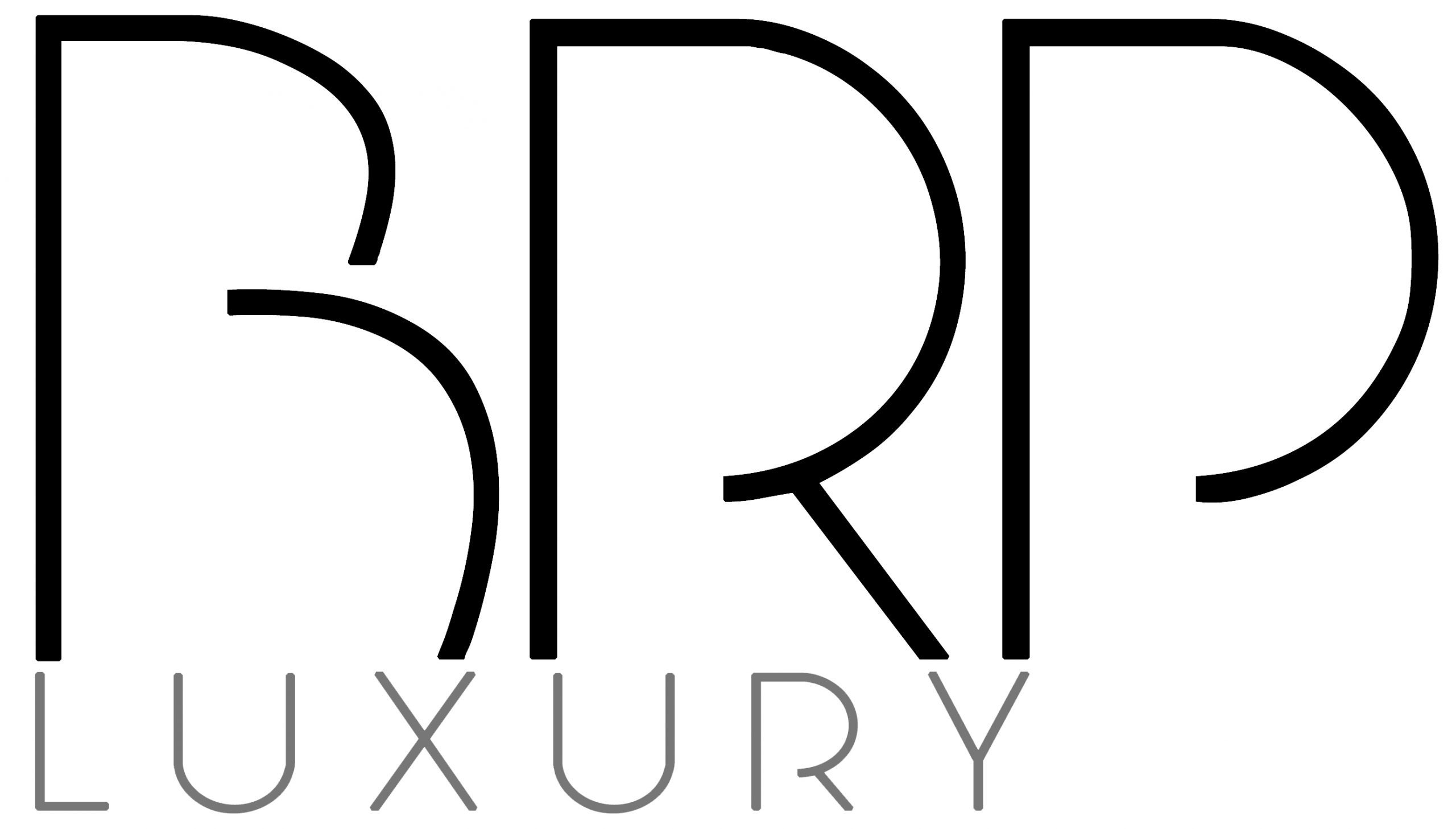GIA Hacked – Invalid Grading Reports
I woke up to find some unfortunate news coming from Carlsbad, California. GIA, short for Gemological Institute of America, invalidated 1,042 grading reports for diamonds submitted to and graded by GIA. This is a huge issue for those of us in the jewelry trade. But first, in order to understand the problem, you must first understand who GIA is and what they do. Sell Diamonds Boca Raton.
Most diamonds you buy at a retail jewelry store will include some sort of grading certificate. It could be GIA it could be from another grading company. The purpose of the certificate is to prove to customers that the diamond is what the jewelry store says it is. Since the everyday shopper cannot tell the difference between a D color and a G color or a VS or SI clarity we rely on these independent graders to tell us what the stone is. Even jewelers send stones to get graded if they are not 100% certain what it is. This also helps sell the stone as most customers want a certificate to accompany the diamond.
However, not all grading companies are created equal and there has always been a discussion behind the scenes why some grading companies would be different from others. For example, GIA is considered the utmost in grading authority. Basically what they say goes. They might say a stone is a G color while EGL, another grading company, might call it an F. While they are very close, there is a big difference in money from a G to an F. An F stone is worth much more. So why would EGL rate it higher than GIA? The answer to that question will be debated forever, but it raises a credibility problem. No one takes EGL seriously because more times then not, when you send the same stone to GIA it will get a worse grade. Basically EGL is the place you want to send a stone to get a better rating and therefore sell it for a higher price. There are credibility issues with EGL because of this.
Now, since GIA got hacked, it just gives us another reason to be skeptical of these grading companies. A GIA used to be set in stone. If you have a GIA and it says your stone is a G, it is a G. There is no arguing that. But now, we don’t know what to think. When you look the certificate number up in the data base it could have been hacked! It might say your stone is a G but it’s really an M!
Yes, a thousand stones is not a big sample. There are literally hundreds of thousands if not millions of stones that travel to and from GIA every year. So only a tiny percent of stones were called into question. But just the thought that the site could be hacked and altered will give people some doubt. Next time a dealer looks at a stone and wants to see the GIA he or she might second guess it. It’s no good for the trade and it’s certainly not good for the once untouchable GIA.



